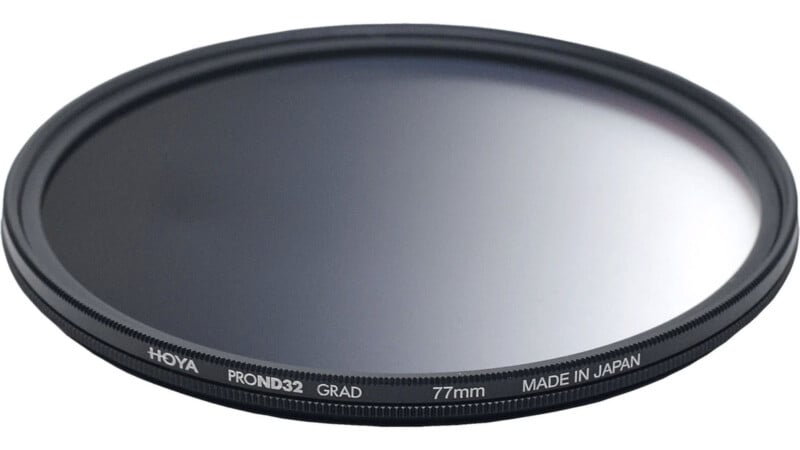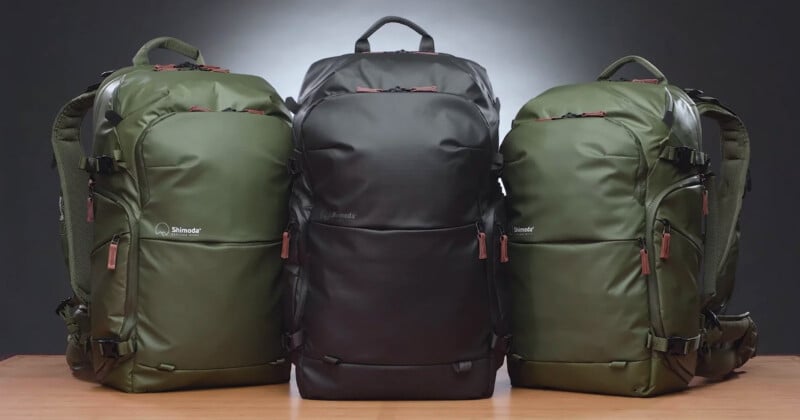The Camera Gear Beginners Shouldn’t Cheap Out On
![]()
Camera equipment is expensive, making it hard for beginners to build kits and get started. Because of this, it can be tempting to opt for budget-friendly options for some pieces of equipment. Unfortunately, that’s not always wise.
There are certain items that it is okay to go cheap on (or skip entirely), allowing you to save some money without much sacrifice in terms of quality. But there are some things that you are better off spending a bit more on upfront. At times, that’s for longevity reasons, as a higher price typically equals higher build or make quality and, therefore, a longer lifespan. It will keep you from buying the same gear sooner than you would otherwise, saving you money in the long run.
Other times, budget items compromise image quality or performance, impacting your images. Spending even slightly more on particular equipment can provide a sizable jump in quality, allowing you to produce better images. That gives you more room to grow with your current equipment, meaning you won’t need to upgrade as soon, saving you money in the long run.
Table of Contents
Cheap Tripods Aren’t Worth the Savings
It is all too common for beginners to pick up the cheapest tripod they can find on Amazon. Unfortunately, inexpensive tripods are plagued with a couple of problems. They are not made to last. They are made of cheap plastic, which is very prone to breaking even with typical use. And cheap tripods aren’t very sturdy.
A tripod’s main, arguably sole, purpose is to provide stability, allowing photographers to shoot sharper images. A flimsy tripod moves quite easily, whether from wind during landscape shoots or even just the shutter opening and closing. That means getting sharp photos will be very challenging or even flat-out impossible.
![]()
There are many tripod options available, so it can be confusing and overwhelming to figure out what is worth buying, what is necessary, or what is overkill. Check out this helpful guide to help narrow down which tripod might be best for you.
You don’t necessarily need to break the bank to get a good-quality tripod, either, but you cannot opt for the cheapest possible option and expect anything but frustration and shaky shots.
Bad Filters Can Ruin Your Photos
Not all glass is created equal; cheap glass can adversely impact your images. As it sits at the front of your lens, the filter is the first thing the light passes through when entering your camera. If that filter is made from sub-par glass or some lesser material, it could introduce artifacts like aberrations, impacting the quality of your images.

There are lots of types of filters on the market, and while beginners don’t need many specialized filters as they get started, polarizing and neutral density (ND) filters are handy for photographers of all levels.
Polarizing filters come in a few varieties, including CPL filters, and cut down on glare and reflections. ND filters are also available in different formats, including basic ND, graduated ND, and variable ND filters. If you are trying to decide which ND filter to go with, check out this beginner’s guide.
An All-Purpose Lens Is Versatile and Worth the Investment
Besides cameras, lenses are the most expensive things photographers spend money on. Because of cost, a well-rounded kit of lenses is the hardest thing to build out. Beginner photographers, however, can do without a complete set right off the bat. Instead, they’re better off picking up a quality all-purpose lens. This could be a zoom lens that covers most of the focal lengths you’ll need, such as a 24-70mm or 24-105mm, or a prime lens with a versatile focal length, such as 50mm.
![]()
As mentioned with filters, optical quality plays a significant role in image quality. Cheap lenses can have substantial image quality issues, including exaggerated distortion, lack of sharpness, slow focusing, fringing, and aberrations. If you are primarily interested in shooting images for fun and image quality isn’t a concern, then a cheap lens may be just fine. But, if you want to grow and develop your skills, a budget lens could be a limiting factor.
If you’re in the market for a new camera, you’ll notice that cameras are available as body only or with a kit lens. Some kit lenses are great, while others, unfortunately, may only hold you back. It’s essential to do some research before opting for the kit version, as you may get a lens with subpar quality that could limit your growth, leaving you to purchase a new lens earlier than planned. You may be better off buying a camera and lens separately.
Alternatively, if you already own a camera and want to upgrade your all-purpose lens, take extra care to find a quality option. It doesn’t need to be the most expensive, pro-grade lens available, but a balance of quality and price is important. Something with a reasonably fast aperture, fast autofocus performance, and strong optical quality will help you progress while offering more creative control.
A new lens also doesn’t need to be brand-new. Buying used is a great way to get excellent equipment at affordable prices. We’ve got a guide to help budget-conscious photographers get the most bang for their buck by purchasing used cameras and lenses.
Good Backpacks and Camera Bags Protect Your Hard-Earned Gear
A camera backpack, bag, or case is the primary thing that keeps your camera safe when out and about or in storage at home. I’ve had backpacks fall out of trunks, off of chairs, and down hills, but since they were high-quality bags, my camera and lenses were safe and sound each time.

Low-quality bags typically feature less padding and structure. If my camera had taken one of those tumbles in a cheap bag, I don’t have as much confidence that it would have survived. So, do yourself a favor and invest in a quality case or back to keep your investment safe. Accidents happen, so your best bet is to be well-prepared.
Don’t Gamble With Memory Cards
Amazon is filled with inexpensive memory cards from unknown or little-known companies, but if there’s one thing we urge you to skip, it’s the dirt cheap memory cards. There’s nothing worse than getting home after a shoot, loading your images onto your computer, and discovering that your card is corrupt and all the photos are gone. You also want to avoid getting on location and finding something wrong with your card.
Unfortunately, those scenarios are much more likely with cheap, off-brand memory cards than with more respected brands. That may be even more true with microSD cards, as German data recovery service CBL has found that the quality of microSD cards is declining.
![]()
So, when it comes to memory cards, stick to the big players in the game. These cards are made to be much more durable and long-lasting, and you are less likely to encounter issues as long as you take care of them.
Backup Solutions Protect Your Precious Photos
Backing up work can be overwhelming, but it’s vital for keeping your files safe. In the same vein as memory cards, quality backup solutions, whether hard drives or a cloud platform, are essential as soon as you start your photography journey. The sooner you can develop good backup habits, the better.
Part of effective backup is getting images off of your memory cards and selecting quality hard drives that your files can live on long term. Memory cards are excellent for temporary storage, but they are not intended for long-term backup, so you’ll want to invest in a quality hard drive (or multiple) for backup purposes. Like memory cards, stick to major brands in the industry, not the cheapest ones you can find.
![]()
While desktop drives or portable drives are great for accessing files immediately, they have limited lifespans. You’ll likely also want to consider a cloud solution for a duplicate backup option.
Making Wise Investments Will Save You Headaches and Heartaches
The items above are things that, based on our experience, are worth spending more on. However, all of this is within reason. No one typically needs the most expensive version of anything, and that’s especially true of beginners. For example, you don’t need to go out and buy the absolute best available tripod. But you should go a step or two above the cheapest ones you can find. The focus for the items above should be on quality, as that will pay dividends in the long run.
Image credits: Header photo licensed via Depositphotos.